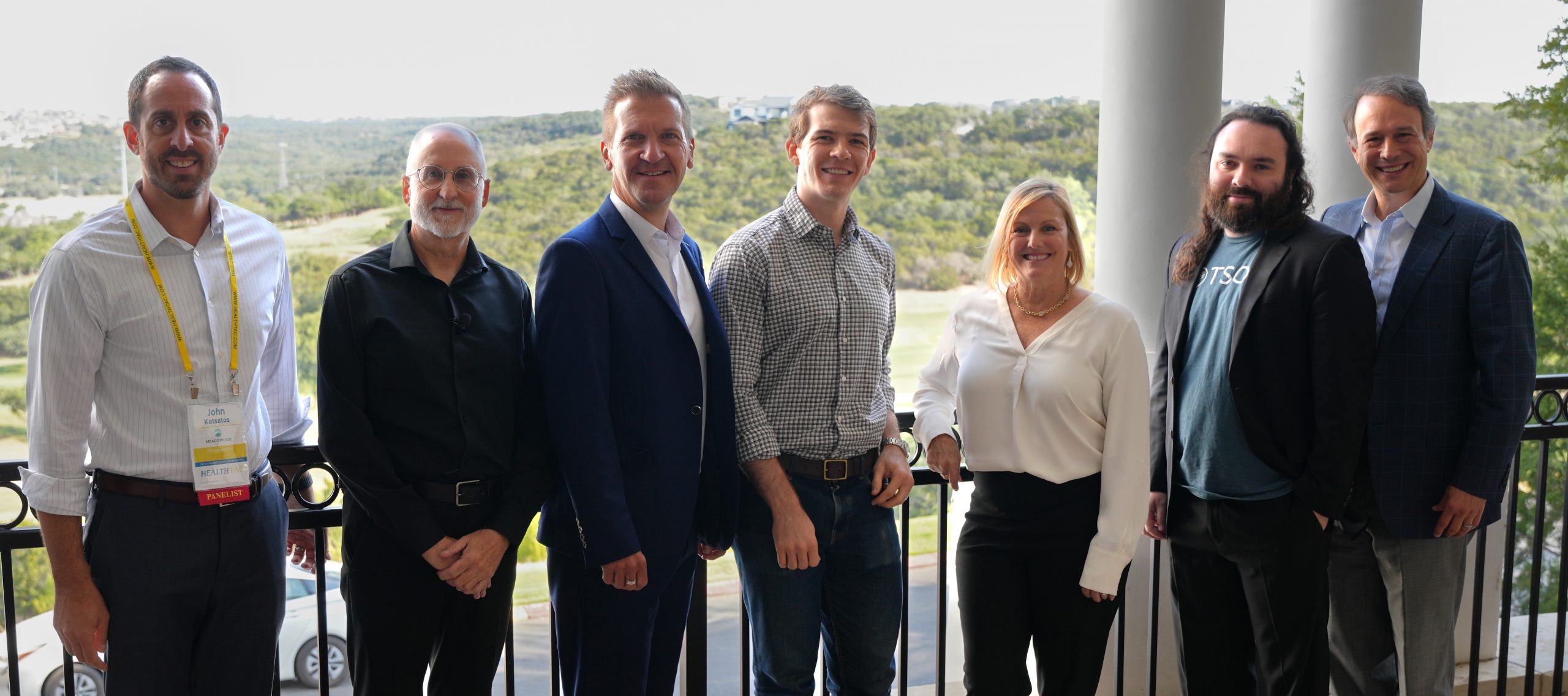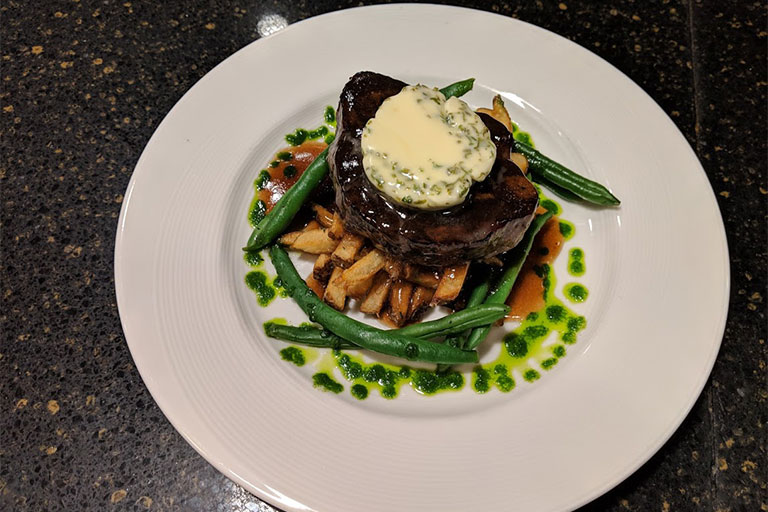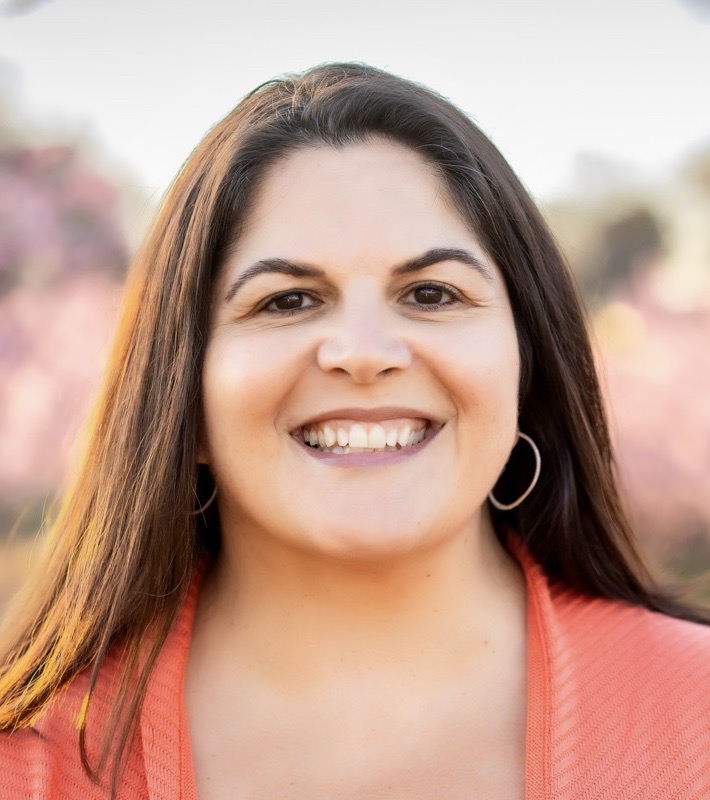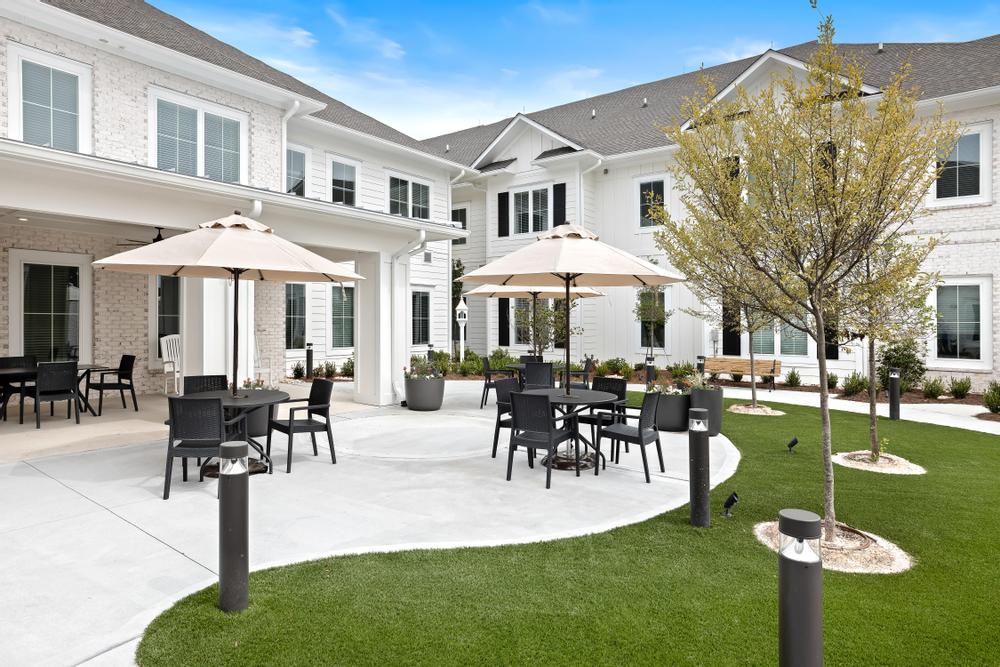
HEALTHTAC West Panel: The Perception Gap: What Do Senior Living Staffers Know that Potential Residents Don’t?
By Jim Nelson | August 29, 2023
SAN ANTONIO, TX — Early in 2023, three-quarters of roughly 325 senior living executives and staff members surveyed said they believe that their communities provide fun, positive environments. In the same survey, more than 1,000 potential future residents — aged 40-plus, with 76 percent being 60-79 — described senior living communities as depressing, boring, and stagnant. This survey was done jointly by the International Council on Active Aging and Age of Majority, and it resulted in a sweeping report called “Unlocking the Future: Closing the Gap Between Consumer Expectations and Community Offerings in Senior Living.”
Three senior living operators and three suppliers discussed this report on the opening panel at the recent 2023 HEALTHTAC West conference at the La Cantera Resort & Spa in this south-central Texas city. The 30-minute session was called “The Perception Gap: What do Senior Living Staffers Know that Potential Residents Don’t?”
The opening question set an interesting tone: Were the panelists troubled by the report? Each of the three operators — John Kotsatos, vice president of sales and marketing for Meadowood; Dawn McQuain, sales and marketing director at Longhorn Village; and Steven Tyshka, director of operations for Senior Living by Singh, which offers senior living under the name Waltonwood — said they were indeed troubled, while each of the three suppliers — Paul Jarvis, co-founder/CEO of Clarent; John Lariccia founder/CEO of WelcomeHome; and David Sawyer, founder/CEO of TSOLife — replied no.
“I think the senior living operators have an opportunity to share different data points with potential customers,” said Jarvis, getting the panel rolling. “By sharing things like what percentage of your residents came from referrals from existing residents, or what is the retention of your staff members, or what is the length of stay of your residents — there are folks who’ve been there many, many years — it’ll change the perception that this is a boring place.”
McQuain offered that frequently “just getting someone into the community to come see, once they can experience the lifestyle, they’ve kind of realized, ‘Oh, this isn’t what I thought.’”
The report noted that the words senior living and retirement community “may not appeal to a person who is working” and “feels healthy,” and wondered whether these are the right terms to use for our communities. So, what other words might be used instead?
“It’s the ‘Me Generation’ that is coming up,” Lariccia said, “and I’m not sure that there’s any term that’s going to really resonate with them. So, I think what John [Kotsatos] and his team did at Meadowood, what is interesting, is just take [the term senior living] out altogether. You still have it there as your search term, but let’s elevate to a brand where Meadowood means something and then the individual that approaches it decides what it is.”
The report also pointed out that “there is an apparent disconnect between the amenities current residents enjoy today and those potential residents want,” so Tyshka was asked about that.
“I think as a provider,” he replied, “always questioning, ‘Is what I’m providing what the customer wants?’ and being able to adapt that is really strategically important.”
The vast age range of residents and potential residents can be a challenge, especially given the varying needs and wants of the growing baby boomer generation. Several panelists commented on that.
“I think the high levels is just operationalizing personalization,” Sawyer said, “and I think where that really needs to start as a whole is looking at the data that operators have on knowing who your residents actually are, who your prospects actually are, and really understanding what it is that you’re trying to deliver to those segments and those demographics. When we’re talking about these industry reports, there’s no report that’s going to be more insightful than if you had this data on your own residents to be able to learn from, and then be able to operationalize around.”
“Every single month, we’re seeing a record number of new inquiries per community,” Lariccia noted optimistically. “So, there is this wave of boomers and for all of the potential perception, there is a need, and there is a curiosity.
“For many,” he continued, “it’s, ‘I love your programming, I want to find a way to participate in the community, without joining the community. I’m interested in services that you could bring to me in my apartment, or the house that I’ve been in for the last 30 years. Do you have that option?’ I think that there needs to be a ton of experimentation to expand what we can do to help seniors above and beyond, ‘Okay, fine. Sign here. There are three different packages, and there’s nothing else.’”
“One of the things that we hear a lot when residents move in is, ‘Why didn’t I do this sooner?’” explained Kotsatos. “And the sales process that we go through today, and a lot of our messages, is so amenity heavy. We really focus on all the shiny objects that we think look great and we believe and perceive that the prospect will want to be a part of, but what we want to be able to focus on is the culture of the community. When you look at what residents say about why they should have done this sooner, it’s the connections and the engagement of the residents that live there that really impact how they feel about the community. It’s not the beautiful pool and the gardens, it’s really the connections to the other residents and staff.”
Covering all the important details in the report could have easily encompassed multiple panels, but with time limited, the conversation wrapped up with each panelist summarizing their biggest takeaway from the report.
“I think the biggest points that stood out to me,” Jarvis said, “were only 5 percent of [prospects] see senior living as being vibrant — they see it as being boring. And particularly when you see that only 1 percent of the staff and the operators think that senior living is boring. That’s probably because everyone is so busy, but there’s specific points where it really doesn’t match up. And there’s opportunities to really attack that perception and change that.”
“As an industry,” Sawyer remarked, “we need to look at those opportunities where we can serve the demographics and the residents we have today, then also accommodate those in the future, but at the same time not get distracted by the shiny carrot of people in their 50s who are saying, ‘I want voice-activated technology.’ Less than 30 percent of 1 percent of seniors want voice technology in communities today, yet we have operators who make this big investment hoping that ‘Oh, this will be the thing that gets the baby boomers in their 60s to move in.’ And that just doesn’t happen.”
“One of the things we talked about was whether the respondents in the survey actually entered into a senior living community to gain these perceptions, or it’s just kind of the stereotypical thing you hear in society,” said Tyshka. “And seeing is believing — getting them into the community. That’s obviously easier said than done. I think it’s many of the things we talked about today in terms of really branding ourselves and getting that messaging out, to get people to come in to see the environment, and to see that what we’re offering, by and large, is not what that perception is.”
“What we could do immediately to start changing how people view our communities,” said Kotsatos, “is focusing on family. And knowing that as this demographic gets older, they have so much priority in spending time with their kids and grandkids. And there’s a disconnect today, when people walk into our communities, you don’t get that sense right away … we have to figure out how to keep that family connected.”
“There’s a tremendous amount of opportunity,” said Lariccia. “Occupancy is going up despite these perception gaps; independent living is thriving, despite these perception gaps. So how do we overcome the perception gaps? There is some real substantive changes that we have to make, but a lot of it is just education; let’s be a lot more open and not gate information with regard to our residents’ experience; get authentic videos out there, get authentic photos out there, revamp the website to provide more information, including, God forbid, pricing to give folks a range so they can start to educate. And then have our residents amplify their voices in any kind of online forum, because it is the community — lowercase ‘c’ — of human beings that they want to be around that’s most important. And I think the more we get that message out, it’s going to create massive tailwinds that we already are experiencing.”
“My biggest takeaway,” said McQuain in closing, “is that the industry needs to change, or to work with what we have that’s great in our communities, but to definitely spread the word and let more people see the programming that we have. Invite families in to that Fourth of July party so they can actually see that it is vibrant.”





